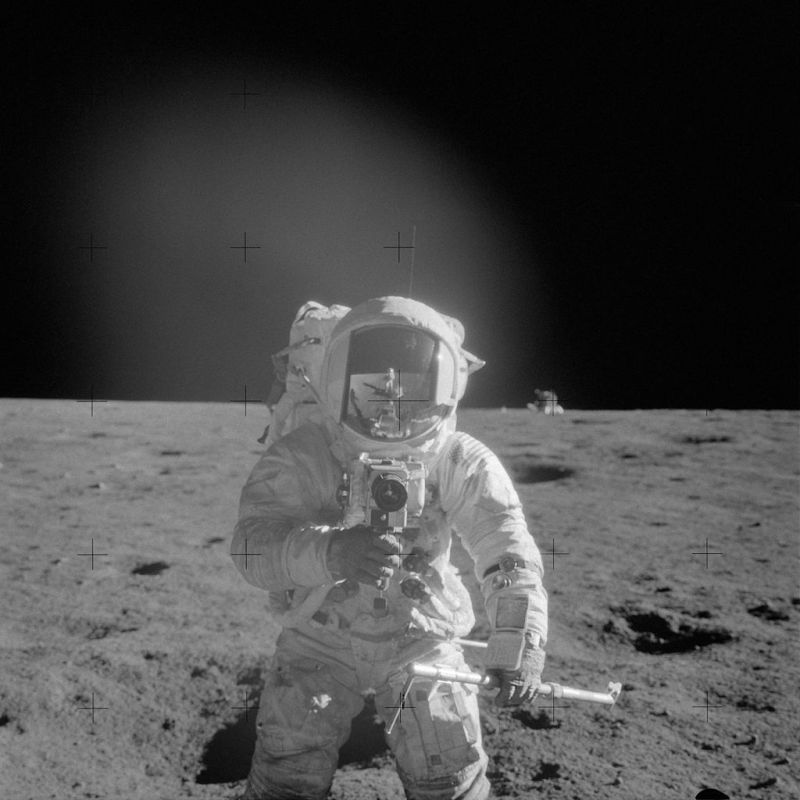For nearly as long as humanity has walked on the moon, people have expressed skepticism that the moon landings actually took place. This conspiracy has taken a host of strange forms, including the belief that Stanley Kubrick was involved. They’ve been mocked in popular culture, including on an episode of the British comedy Toast of London. And Buzz Aldrin, one of the few people to actually visit the moon, responded to one lunar conspiracy theorist by punching him in the face.
But conspiracies about the moon landing persist — and, according to a report by Eric Spitznagel in Popular Mechanics, they’ve actually gained steam in the last few years.
One of the reasons, Spitznagel argues in the article, is that moon landing conspiracies build on certain discrepancies in the historical record: an odd shadow here, an inconsistency there. From there, Spitznagel writes, things can escalate:
Here’s the weird thing, however, about talking to moon landing deniers. If you listen to them for long enough, they start to make sense. Not complete sense; most of the more popular hoax theories have been debunked repeatedly already. But sometimes they don’t sound entirely unreasonable.
There’s plenty of detail in there about what’s led specific conspiracy theorists to their set of beliefs; there’s also the tale of Bart Sibrel, better known as the guy who confronted Buzz Aldrin, called him a liar, and was punched in the face for his trouble.
The state of disbelieving in the moon landing in 2019, apparently, also involves feuding with a rival group of conspiracy theorists: those who believe that the world is flat. Spitznagel writes that many moon landing conspiracy theorists dislike flat-earthers “because they try to piggyback on moon landing hoax theories.”
One can only imagine the rumbles that might go down between these two groups. But at a time when conspiracy theories are more prevalent than ever, Spitznagel’s article is a fine reminder of how certain theories can take hold, and how they can shift over time in ways one might never have expected.
Editor’s Note: RealClearLife, a news and lifestyle publisher, is now a part of InsideHook. Together, we’ll be covering current events, pop culture, sports, travel, health and the world. Subscribe here for our free daily newsletter.
Thanks for reading InsideHook. Sign up for our daily newsletter and be in the know.


















